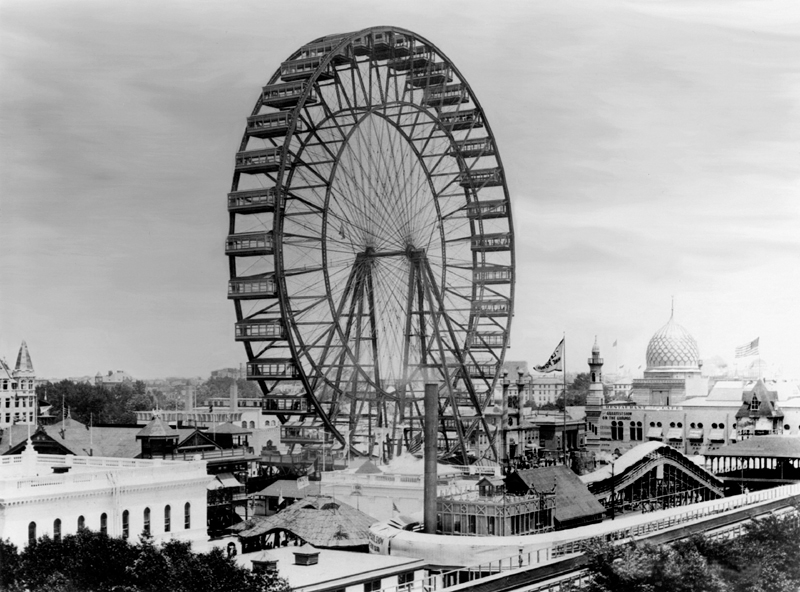
March 6th, 2017 by remkodeknikker
The story of Chicago and its hinterland is one of the wildest histories of socio-economic growth you will encounter. In our time perhaps only comparable with the rapid growth of the Chinese economy and population. The story of Chicago is perhaps also the most revealing story to understand the American Dream and American Exceptionalism on one hand and the depravity of American capitalism on the other hand.
In 1830, Chicago barely did exist, but in the minds of a few so-called boosters or land speculators and a dozen early settlers. In 1840, Chicago had grown over 500% and counted a little over 4,000 settlers. Fifty years later, Chicago boasted over a million citizens and in the 1890 census had become the second largest city in the United States, after New York City. It was selected as the site for the World’s Columbian Exhibit in 1893 that commemorated the arrival of Columbus in the continent 400 years earlier, and surpassed in grandeur even the World’s Fair or Exposition Universelle of 1889 in Paris. The Chicago Exhibit became the site of the original Ferris Wheel that outdid the Eiffel Tower. Chicago had become the beginning and end station for all rail road routes in the United States, had centered the meat packing industry and the agricultural industry, but also had become the crime capital and witness to deplorable labor circumstances and exploitation. Read more of this article »
Posted in Architecture, Book Reviews, Chicago, Fiction, Non-Fiction, USA Tagged with: architecture, chicago, crime, the devil in the white city, the jungle, upton sinclair
